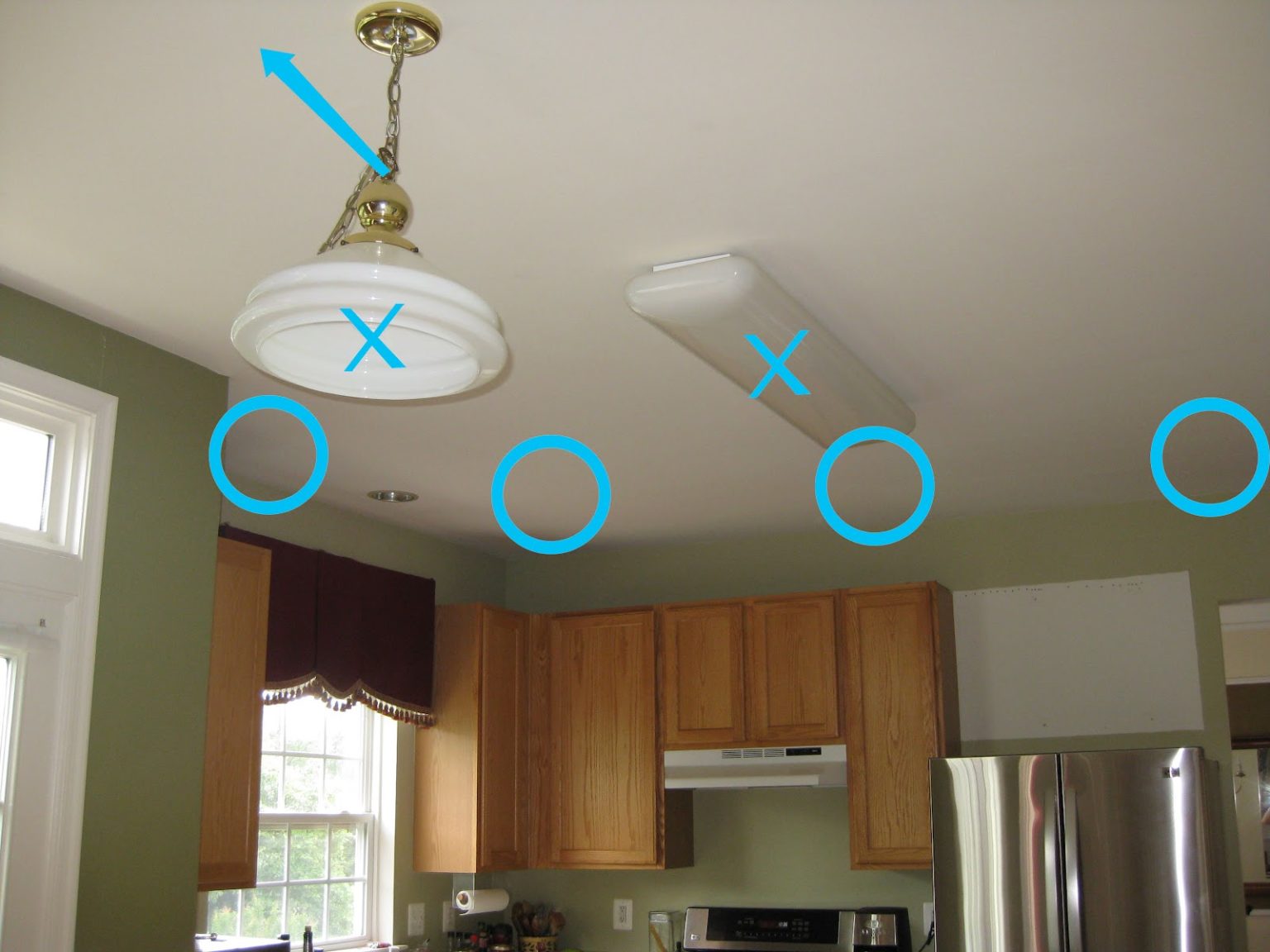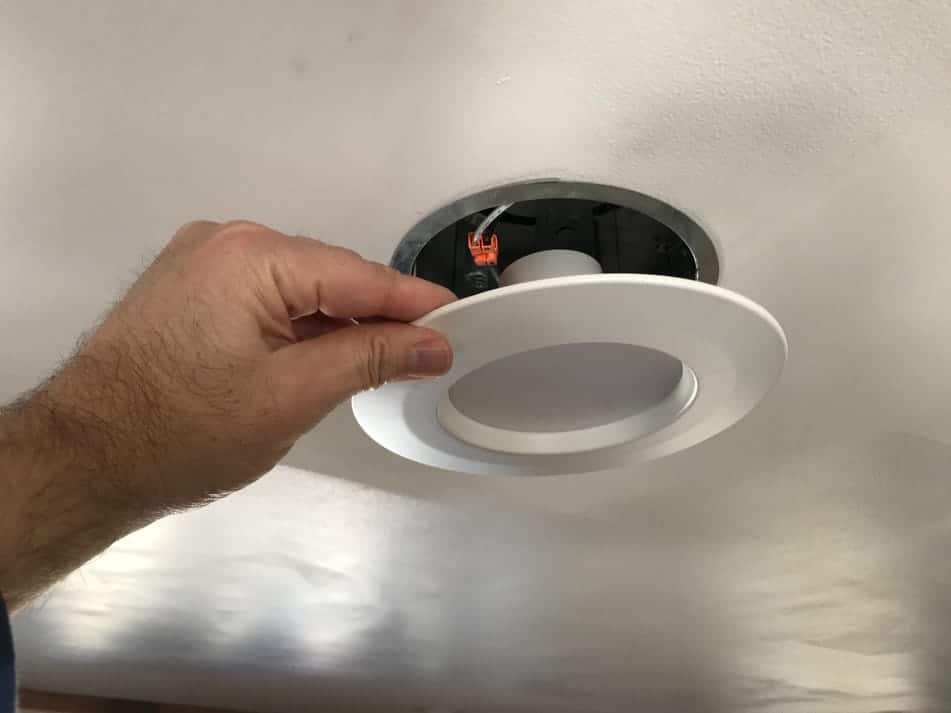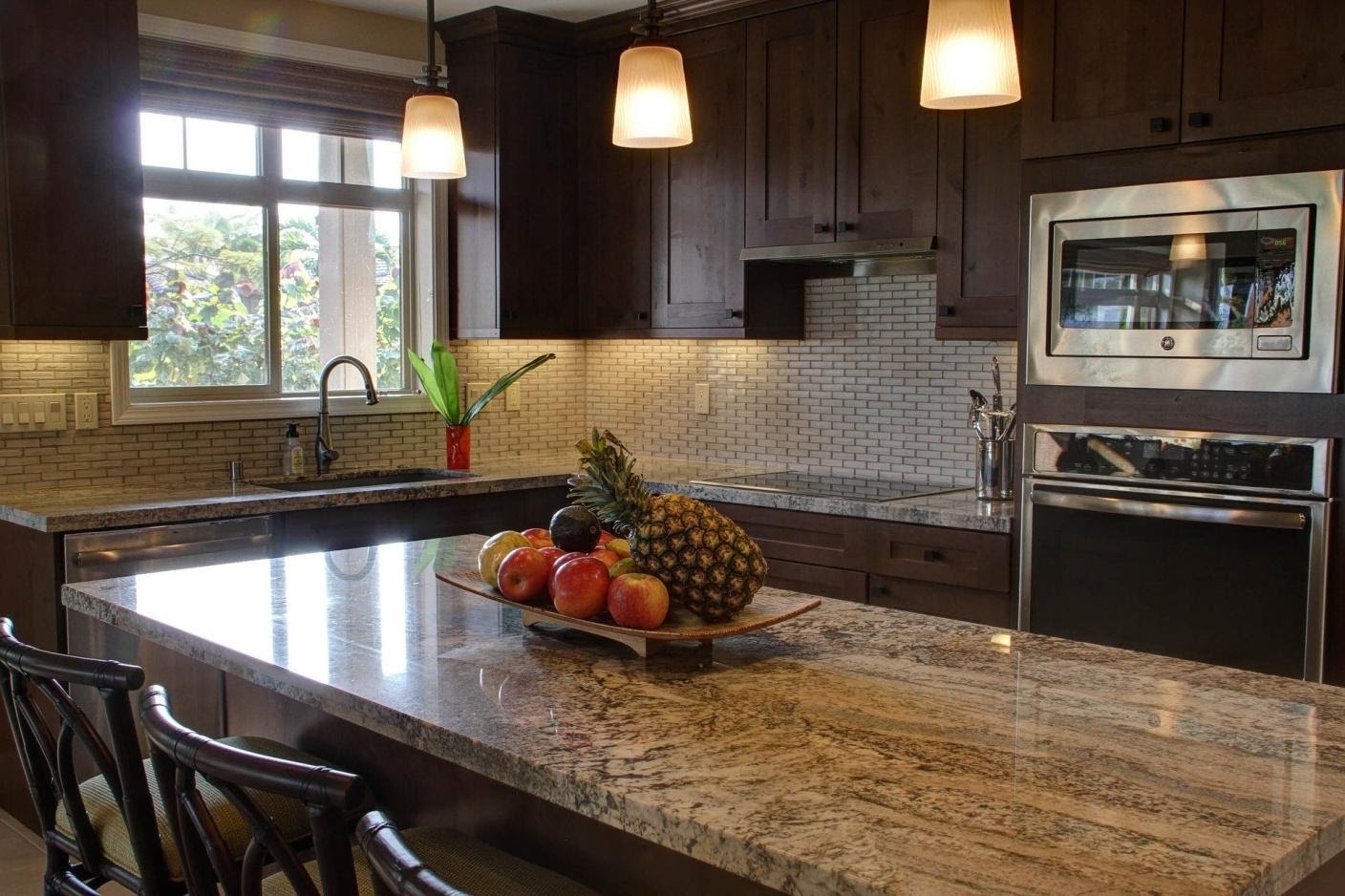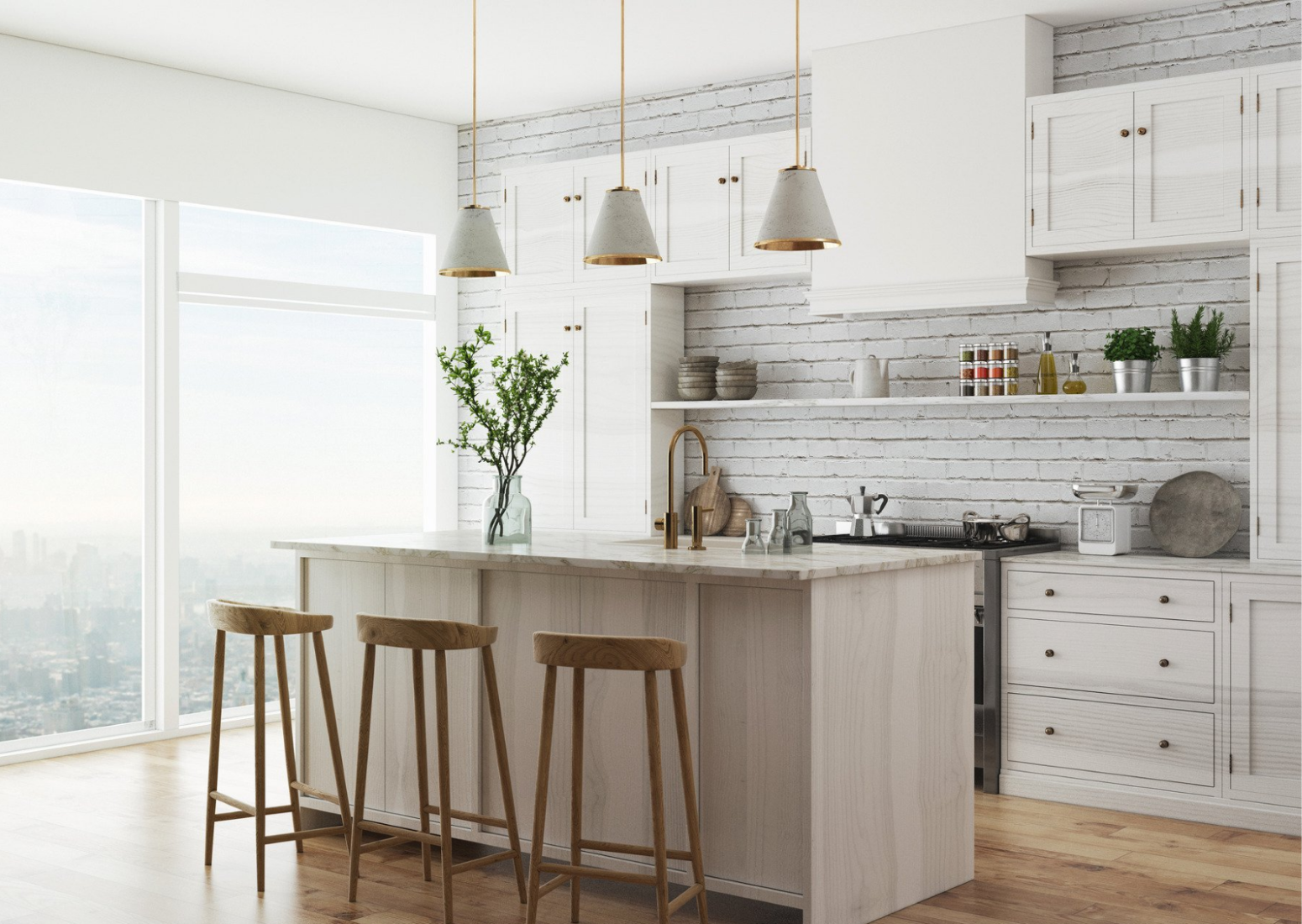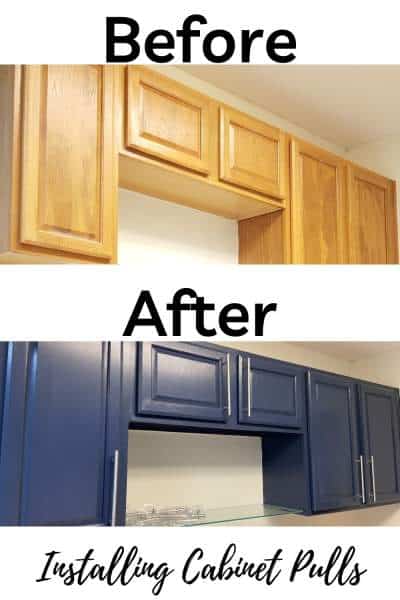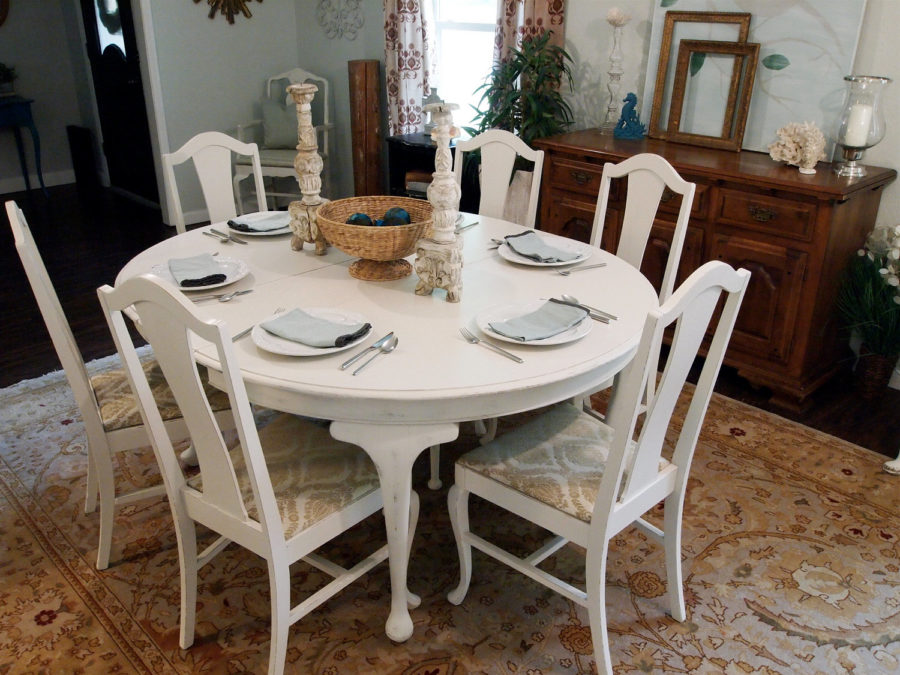1. Kitchen Lighting Installation: A Step-by-Step Guide
Installing new kitchen lighting may seem like a daunting task, but with the right tools and knowledge, it can be a simple and rewarding DIY project. Not only will updated lighting enhance the overall look and ambiance of your kitchen, but it can also improve functionality and energy efficiency. Follow our step-by-step guide to install new kitchen lighting in your home.
2. How to Install New Kitchen Lighting in 5 Easy Steps
The first step in any home improvement project is to plan and prepare. Determine the type of lighting you want for your kitchen, whether it's recessed lights, pendant lights, or under cabinet lighting. Once you have your lighting fixtures, follow these five easy steps for installation:
Step 1: Turn off power to the kitchen at the circuit breaker and remove any existing fixtures or wiring.
Step 2: Install a new electrical box if needed and run the wiring for your new fixtures.
Step 3: Attach the mounting bracket for your lighting fixture to the electrical box.
Step 4: Connect the wiring for your fixture, making sure to match the correct colored wires.
Step 5: Secure the fixture to the mounting bracket and turn the power back on to test your new lights.
3. DIY Kitchen Lighting Installation: Tips and Tricks
For those who want to save money and take on the challenge of installing new kitchen lighting themselves, there are a few tips and tricks to keep in mind:
Tip 1: Make sure to turn off the power at the circuit breaker before starting any electrical work.
Tip 2: Use a voltage tester to ensure the power is off before touching any wires.
Tip 3: Always read and follow the manufacturer's instructions for your specific lighting fixture.
Tip 4: Use a stud finder to locate and mark the ceiling joists for secure mounting of your fixtures.
Tip 5: If unsure about any step of the installation process, consult a professional electrician.
4. Choosing the Right Lighting Fixtures for Your New Kitchen
The type of lighting fixtures you choose for your kitchen can greatly impact the overall design and functionality of the space. Consider the following factors when selecting your new fixtures:
Style: Choose fixtures that complement the style of your kitchen, whether it's modern, farmhouse, or traditional.
Functionality: Determine the purpose of the lighting in each area of your kitchen, such as task lighting for cooking or ambient lighting for dining.
Size and Placement: Make sure your fixtures are the right size for your space and are placed in areas that provide adequate lighting.
Energy Efficiency: Opt for LED or energy-efficient bulbs to save on energy costs in the long run.
5. The Benefits of Upgrading Your Kitchen Lighting
Aside from improving the aesthetics and functionality of your kitchen, upgrading your lighting can also have several benefits:
Increased Home Value: A well-lit and modern kitchen can add value to your home and attract potential buyers.
Energy Savings: Switching to energy-efficient lighting can lower your electricity bill and reduce your carbon footprint.
Enhanced Safety: Properly installed and bright lighting can make your kitchen a safer space to cook and move around in.
6. Installing Under Cabinet Lighting in Your New Kitchen
Under cabinet lighting is a popular choice for adding both style and function to a kitchen. Here's how to install it:
Step 1: Measure and mark where you want the lights to be installed underneath your cabinets.
Step 2: Drill a small hole in the cabinet where the wiring will go through.
Step 3: Run the wiring and connect it to the power source, either through an outlet or hardwired into the electrical system.
Step 4: Attach the lights to the underside of the cabinets using screws or adhesive strips.
Step 5: Turn the power back on and test your new under cabinet lights.
7. How to Wire and Install Recessed Lighting in Your Kitchen
Recessed lighting is a popular choice for providing a sleek and modern look to a kitchen. Follow these steps to wire and install recessed lighting in your home:
Step 1: Decide on the placement and number of recessed lights needed for your space.
Step 2: Cut holes in the ceiling for the lights, making sure to follow any necessary spacing guidelines.
Step 3: Run the wiring from the power source to each light, connecting them using wire nuts.
Step 4: Secure the lights into the holes and attach the trim to cover any gaps.
Step 5: Turn the power back on and test your new recessed lighting.
8. The Importance of Proper Lighting in Your Kitchen Design
Lighting is a crucial element in any room, but it is especially important in the kitchen. Proper lighting can enhance the look and feel of your kitchen, while also making it a more functional space for cooking and entertaining. Consider the following when designing your kitchen lighting:
Layers of Lighting: A combination of ambient, task, and accent lighting can create a well-lit and dynamic kitchen.
Lighting Controls: Use dimmer switches and smart lighting to control the level and type of lighting in your kitchen.
Natural Light: Incorporate natural light into your kitchen design with windows, skylights, or a glass door.
9. Installing Pendant Lights in Your New Kitchen: A Beginner's Guide
Pendant lights are a popular choice for adding a stylish and functional touch to a kitchen. Follow these steps to install pendant lights in your new kitchen:
Step 1: Determine the placement of your pendant lights and mark where the wiring will go through the ceiling.
Step 2: Run the wiring and connect it to the power source.
Step 3: Install the mounting bracket for each pendant light and connect the wiring to the fixture.
Step 4: Secure the lights to the brackets and turn the power back on to test them.
10. Common Mistakes to Avoid When Installing New Kitchen Lighting
While installing new kitchen lighting can be a satisfying DIY project, there are some common mistakes to avoid:
Not Turning Off Power: Always turn off the power at the circuit breaker before starting any electrical work.
Inadequate Wiring: Make sure to use the correct wiring for your lighting fixtures and follow safety guidelines.
Inaccurate Measurements: Measure carefully and accurately to ensure your fixtures are properly placed and sized for your space.
Not Following Instructions: Always read and follow the manufacturer's instructions for your specific lighting fixtures.
Overlooking Aesthetics: Don't sacrifice style for function – choose lighting fixtures that enhance the overall design of your kitchen.
Updating your kitchen lighting can make a big difference in the look and functionality of your space. With these tips and a little DIY know-how, you can successfully install new kitchen lighting in your home. Remember to always prioritize safety and consult a professional if needed. Happy lighting!
Why Proper Kitchen Lighting is Essential for Your House Design

Enhances Aesthetics and Functionality
 When it comes to designing your dream kitchen, lighting is often overlooked as just a practical necessity. However, the right lighting can make a significant impact on the overall look and feel of your kitchen.
Proper kitchen lighting not only enhances the aesthetics of your space but also increases its functionality.
With the right lighting, you can create a warm and inviting atmosphere, highlight certain design elements, and improve the overall functionality of your kitchen.
When it comes to designing your dream kitchen, lighting is often overlooked as just a practical necessity. However, the right lighting can make a significant impact on the overall look and feel of your kitchen.
Proper kitchen lighting not only enhances the aesthetics of your space but also increases its functionality.
With the right lighting, you can create a warm and inviting atmosphere, highlight certain design elements, and improve the overall functionality of your kitchen.
Types of Kitchen Lighting
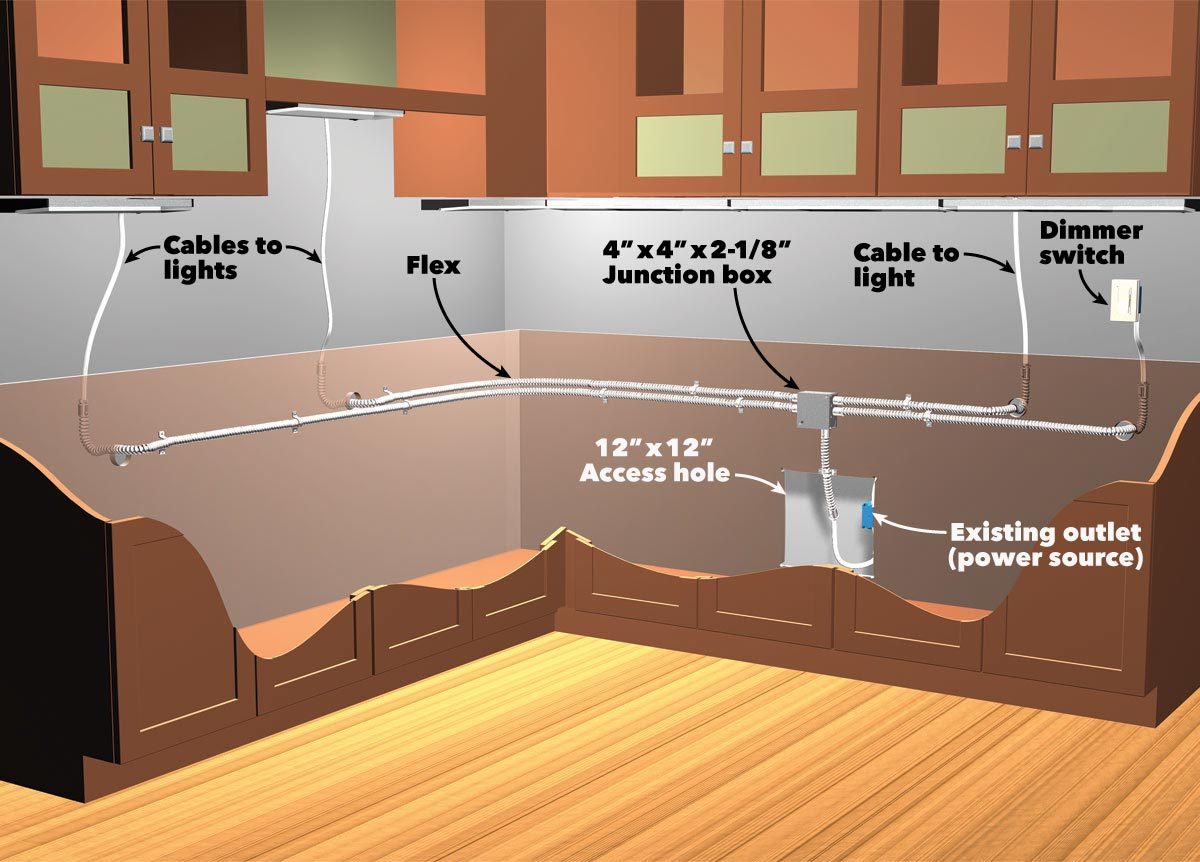 Before jumping into the installation process, it's crucial to understand the different types of kitchen lighting available.
A well-designed kitchen should have a combination of ambient, task, and accent lighting to create a balance of both form and function.
Ambient lighting provides general illumination, task lighting illuminates specific areas for activities such as cooking, and accent lighting adds a decorative touch to the space.
Before jumping into the installation process, it's crucial to understand the different types of kitchen lighting available.
A well-designed kitchen should have a combination of ambient, task, and accent lighting to create a balance of both form and function.
Ambient lighting provides general illumination, task lighting illuminates specific areas for activities such as cooking, and accent lighting adds a decorative touch to the space.
Factors to Consider
 When installing new kitchen lighting, there are a few factors to consider to ensure you achieve the desired effect. First, think about the layout and size of your kitchen.
You want to ensure that the lighting is evenly distributed throughout the space and that there are no dark corners or shadows.
Next, consider the color temperature of the lights. Warm, yellow-toned lights create a cozy and inviting atmosphere, while cooler, blue-toned lights are more energizing and modern.
When installing new kitchen lighting, there are a few factors to consider to ensure you achieve the desired effect. First, think about the layout and size of your kitchen.
You want to ensure that the lighting is evenly distributed throughout the space and that there are no dark corners or shadows.
Next, consider the color temperature of the lights. Warm, yellow-toned lights create a cozy and inviting atmosphere, while cooler, blue-toned lights are more energizing and modern.
Professional Installation
 While it may be tempting to tackle the installation yourself, it's best to leave it to the professionals.
A professional electrician can ensure that the wiring is done correctly and that the lighting is installed safely and efficiently.
They can also provide valuable advice on the best placement and type of lighting for your specific kitchen layout and design.
In conclusion,
proper kitchen lighting is essential for both the aesthetics and functionality of your house design.
By understanding the different types of lighting, considering important factors, and enlisting the help of a professional, you can create a well-lit and beautiful kitchen that will be the heart of your home.
While it may be tempting to tackle the installation yourself, it's best to leave it to the professionals.
A professional electrician can ensure that the wiring is done correctly and that the lighting is installed safely and efficiently.
They can also provide valuable advice on the best placement and type of lighting for your specific kitchen layout and design.
In conclusion,
proper kitchen lighting is essential for both the aesthetics and functionality of your house design.
By understanding the different types of lighting, considering important factors, and enlisting the help of a professional, you can create a well-lit and beautiful kitchen that will be the heart of your home.





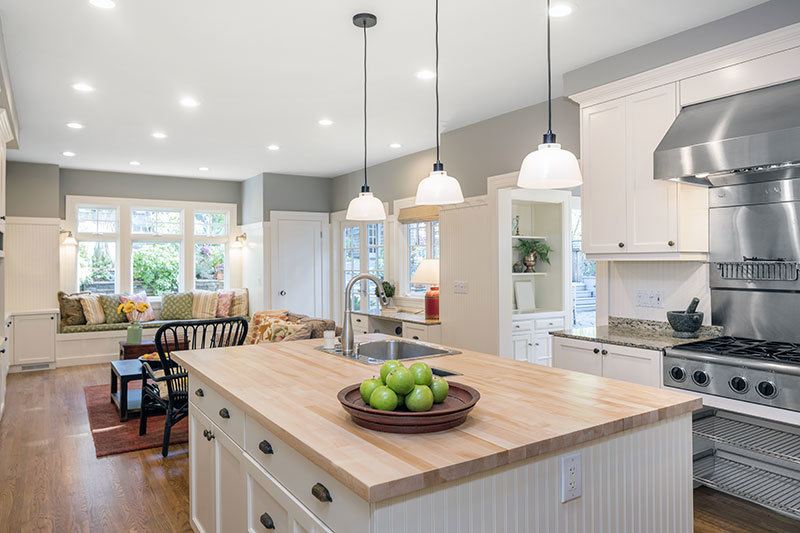
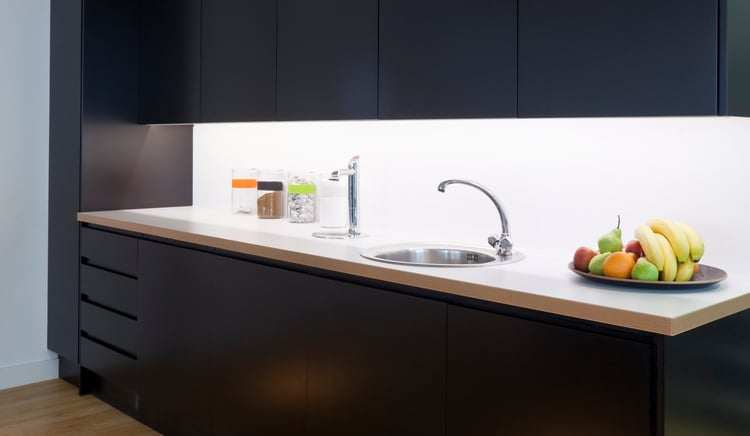

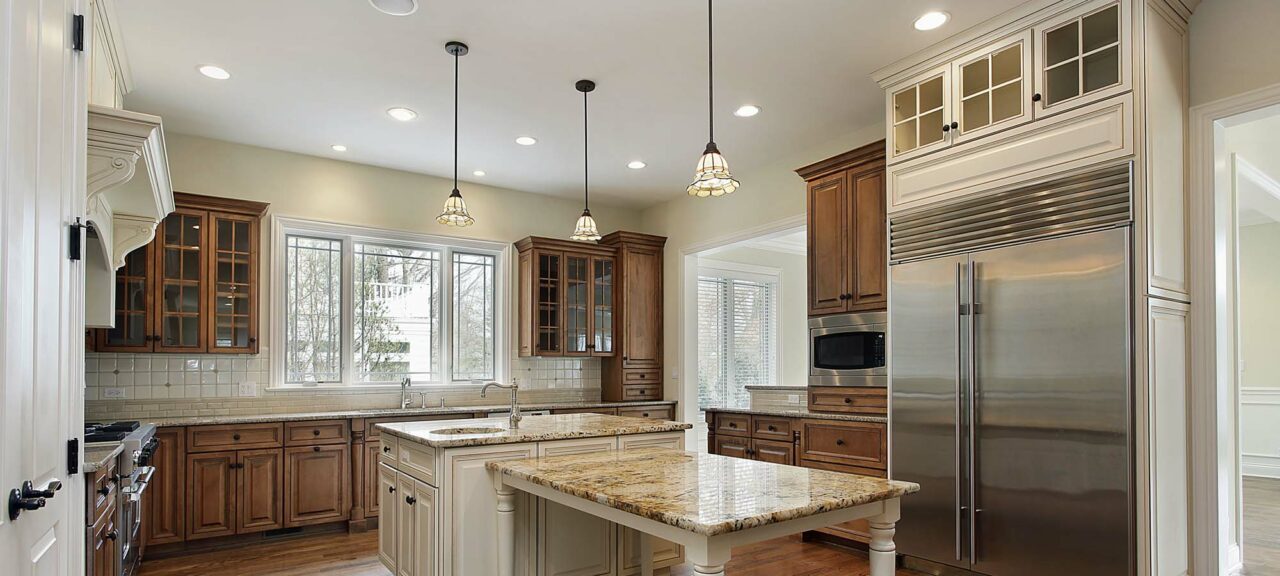
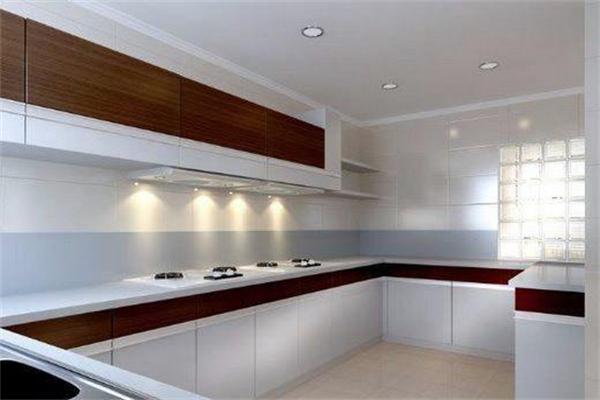






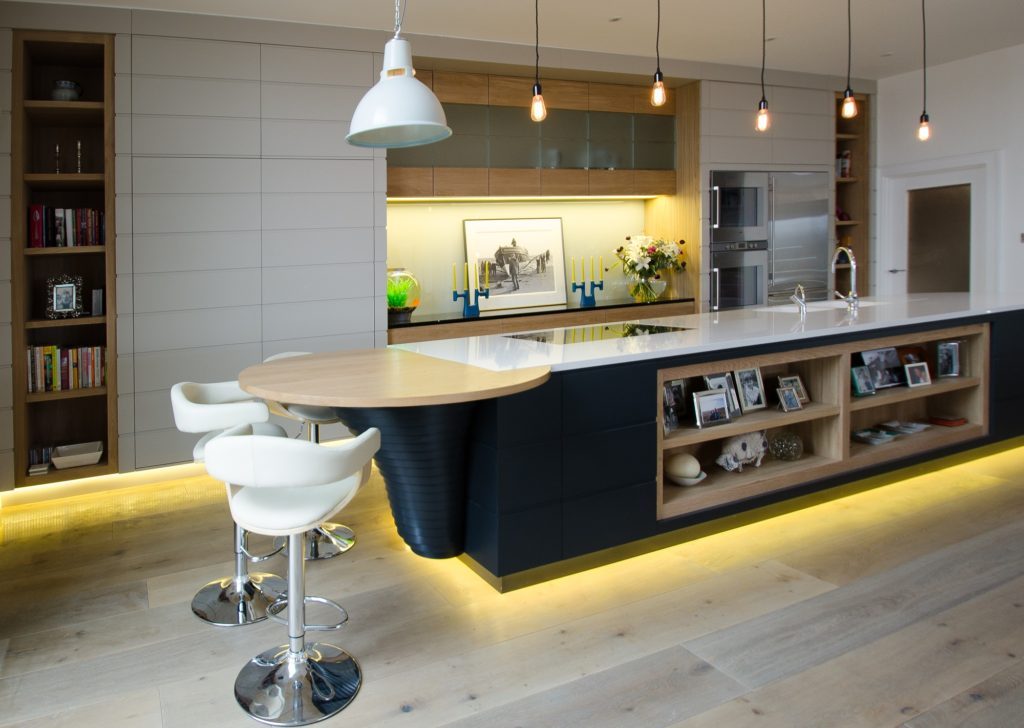
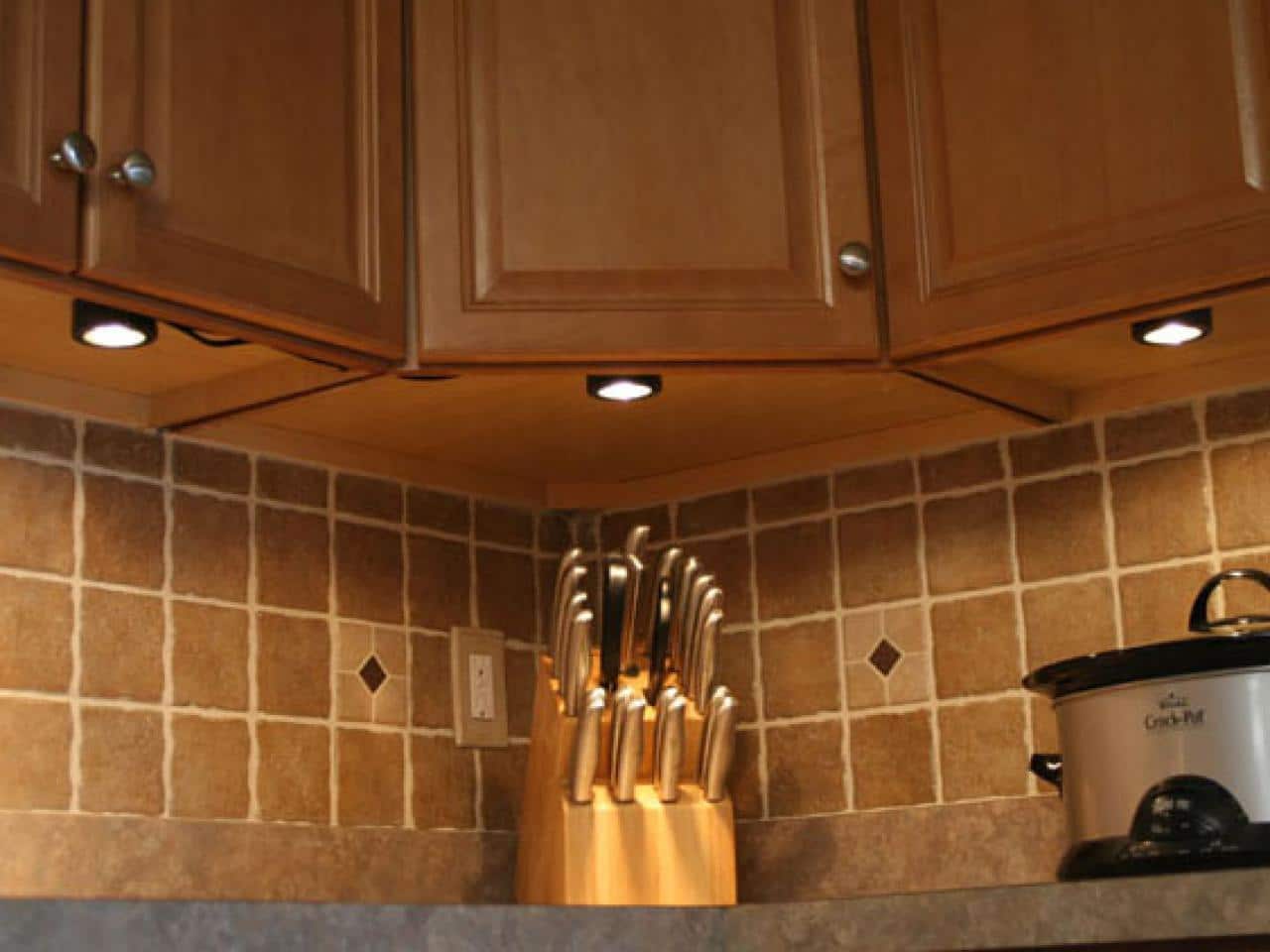


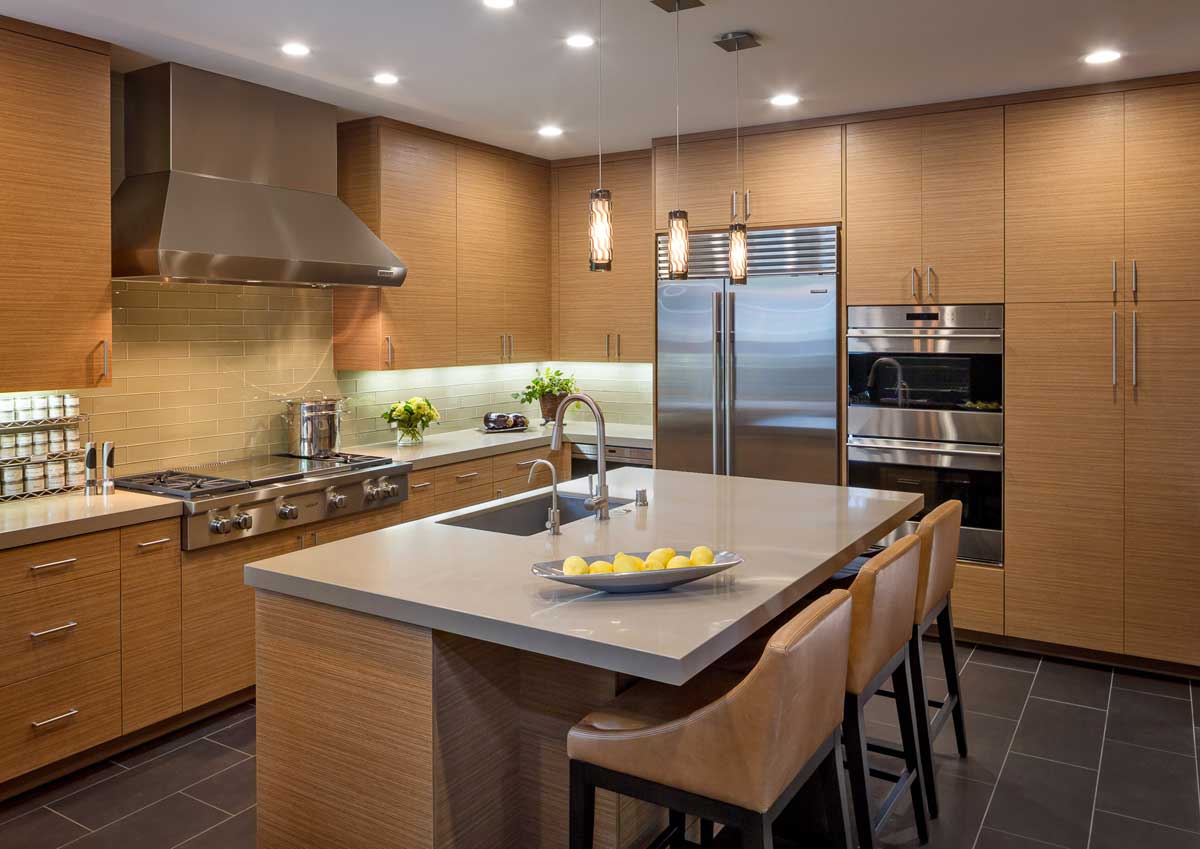
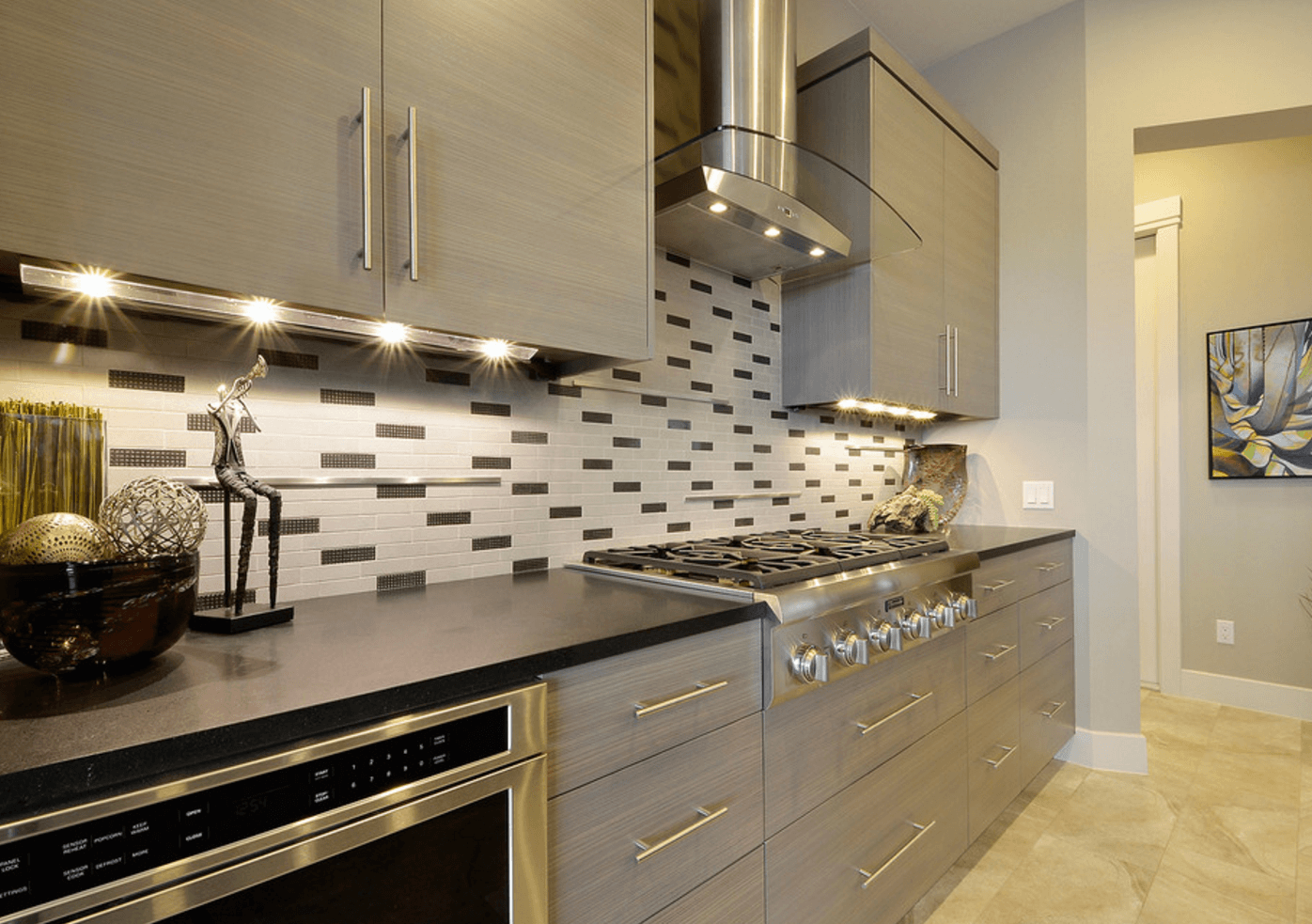







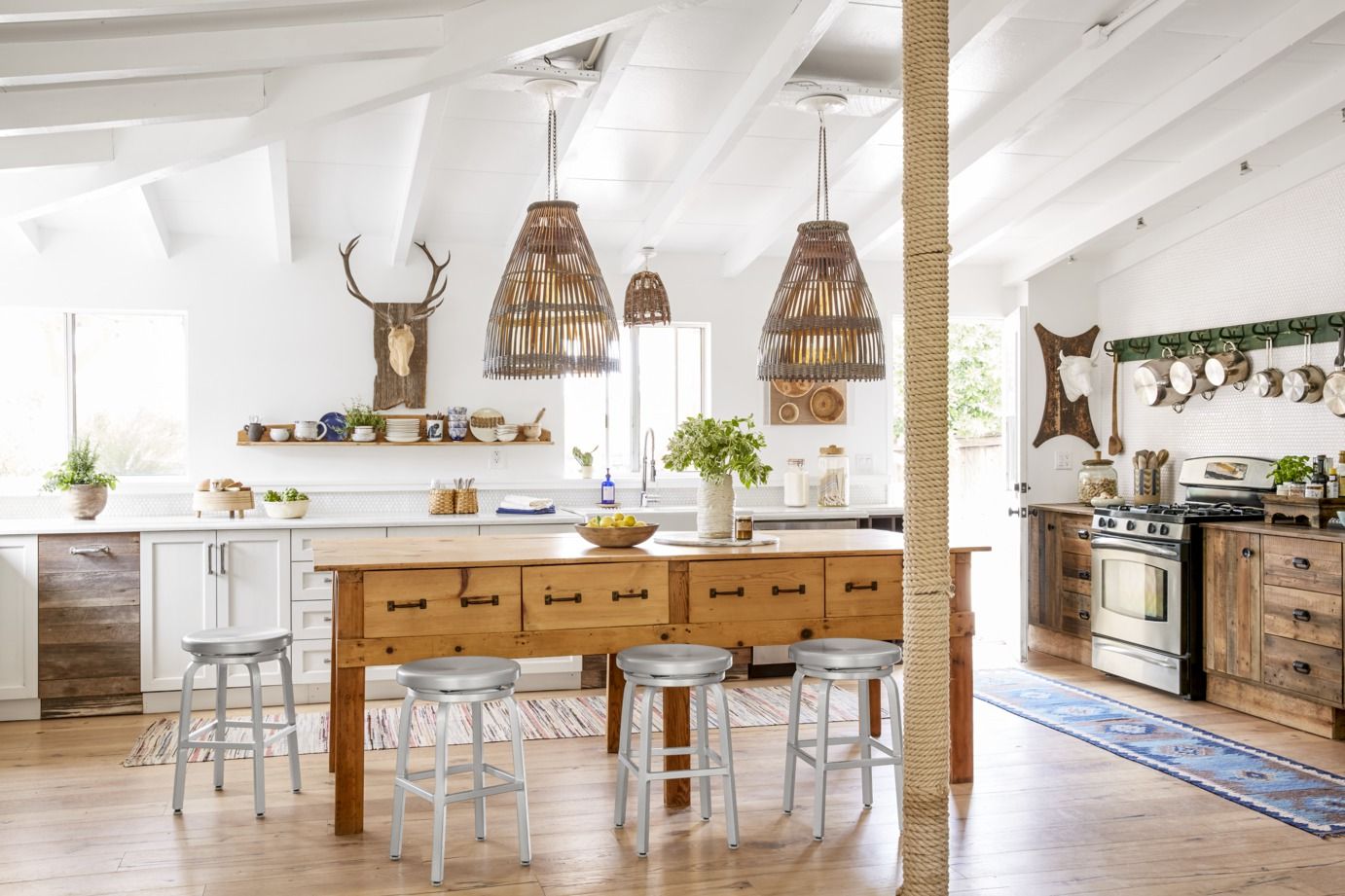
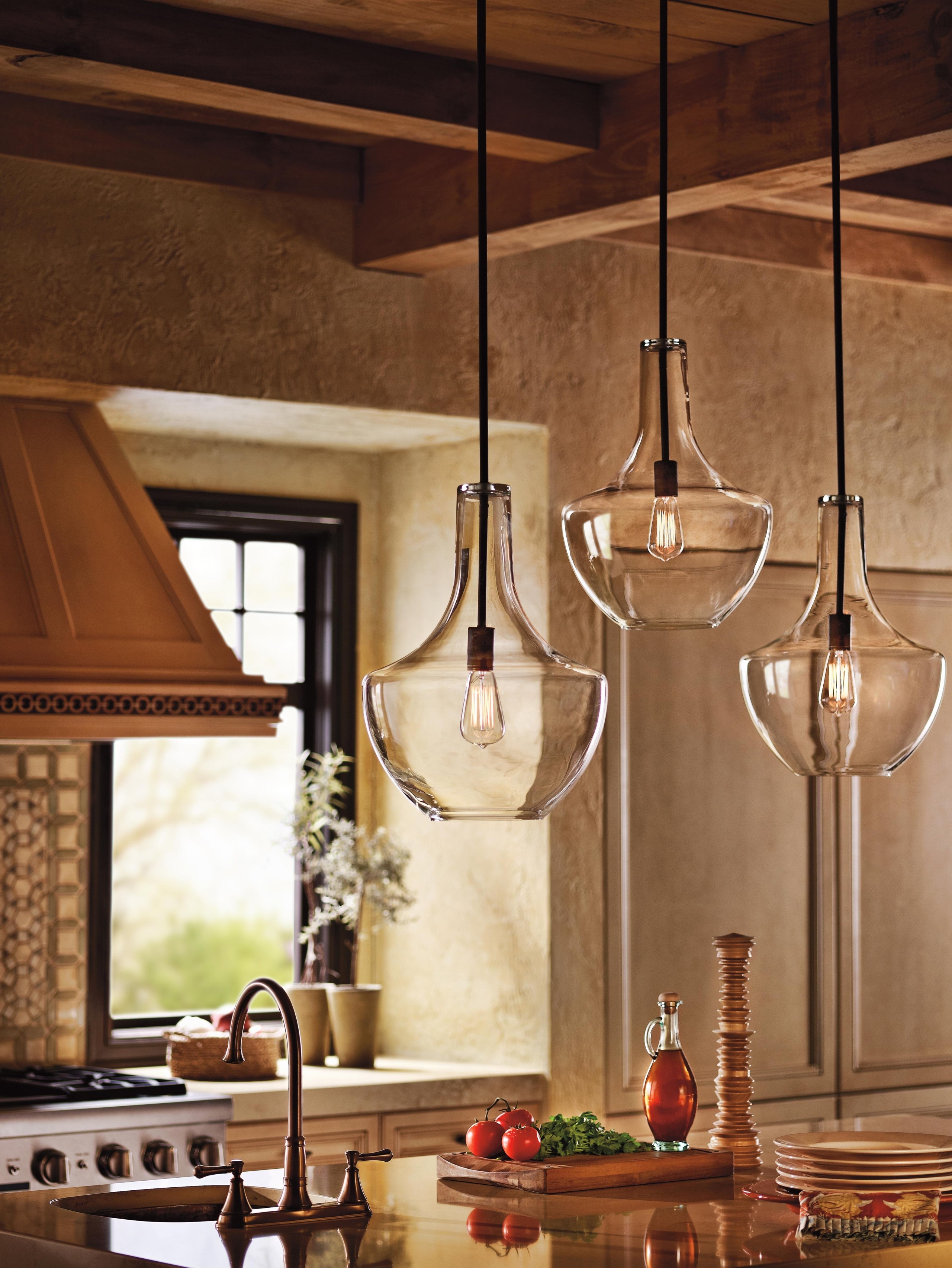

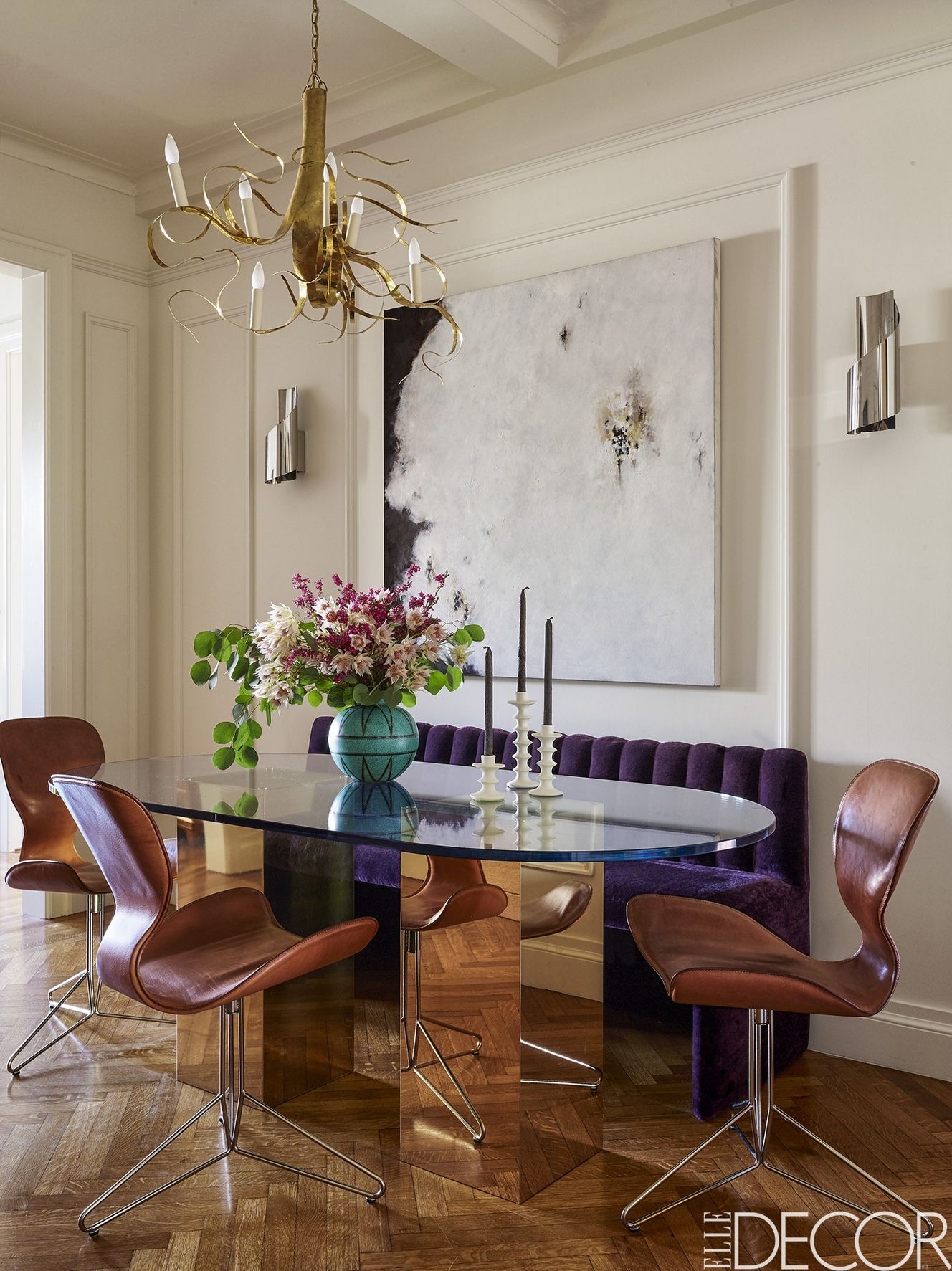
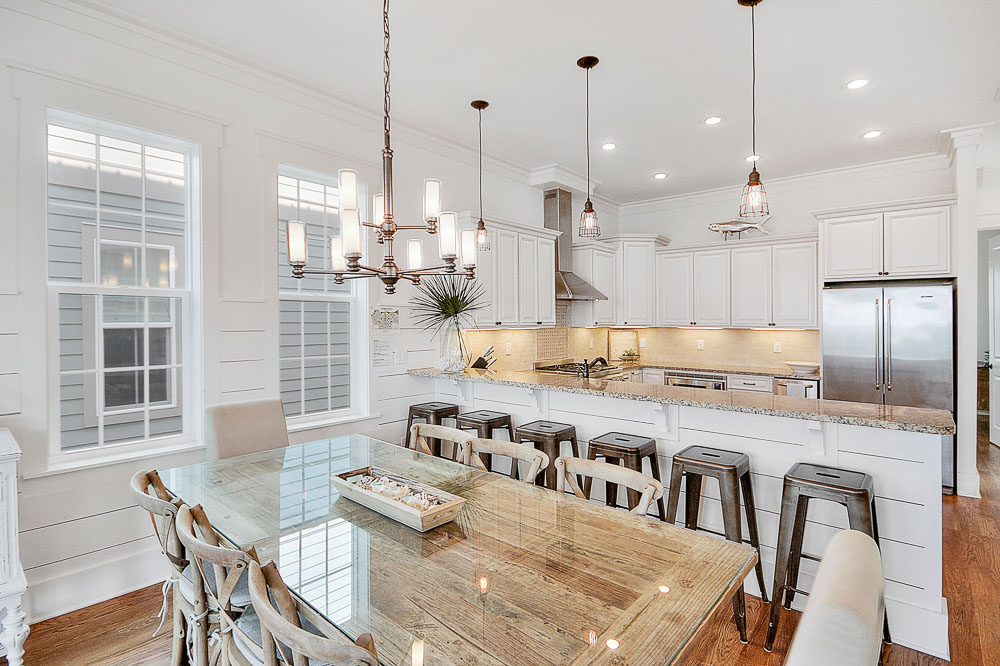


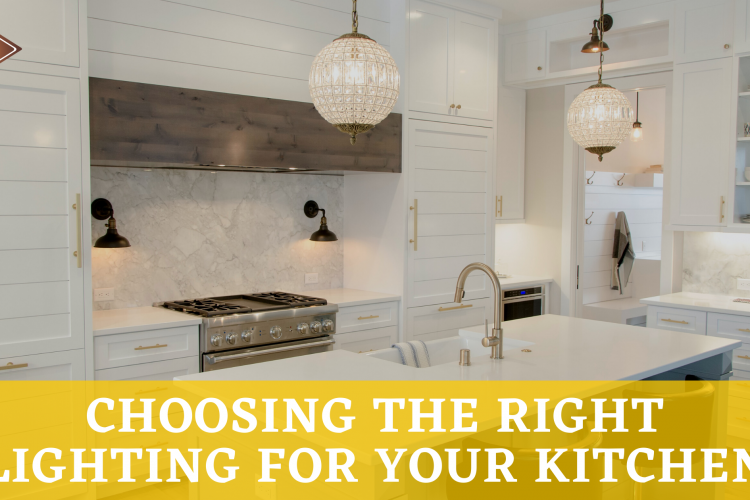


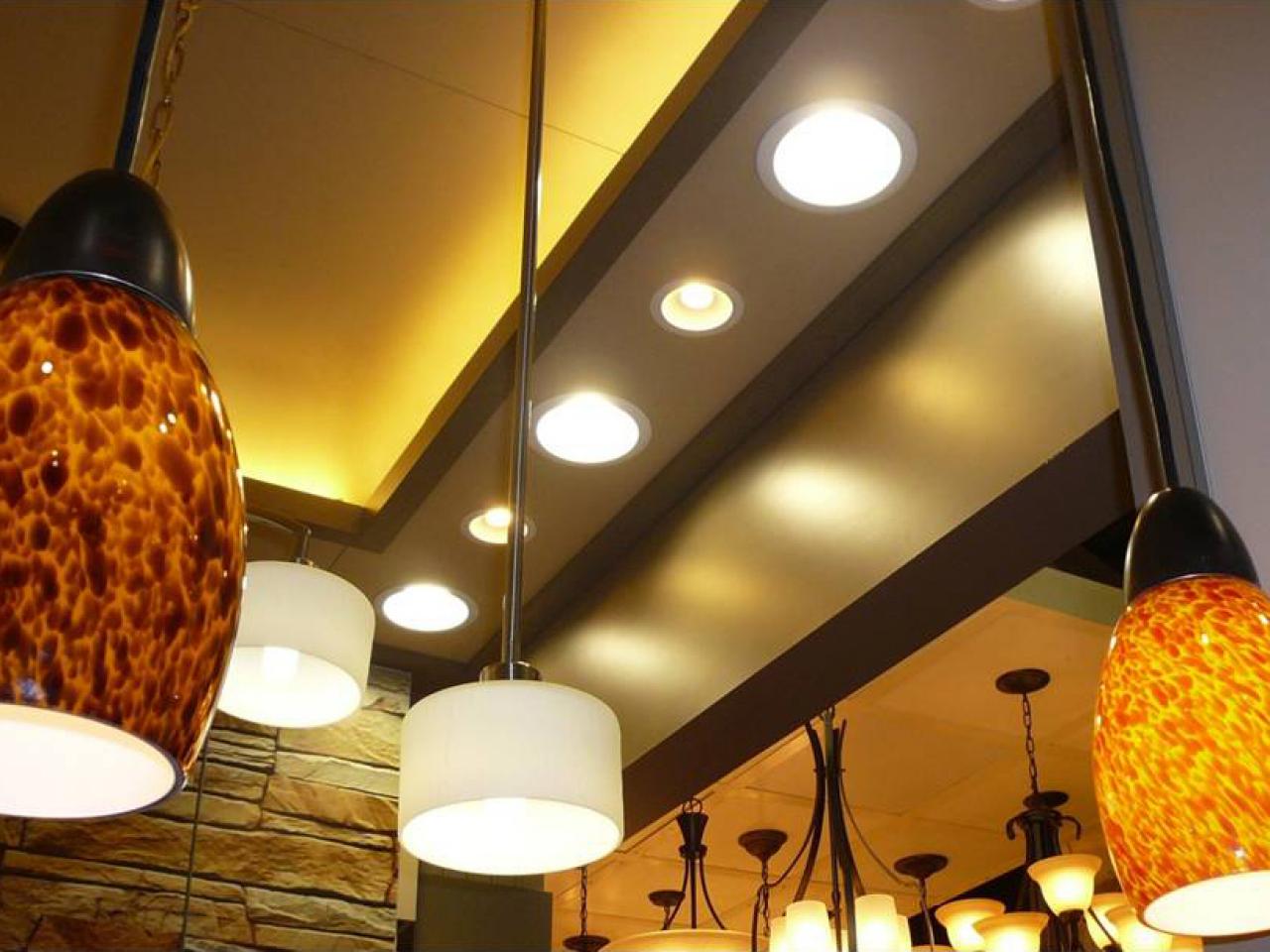
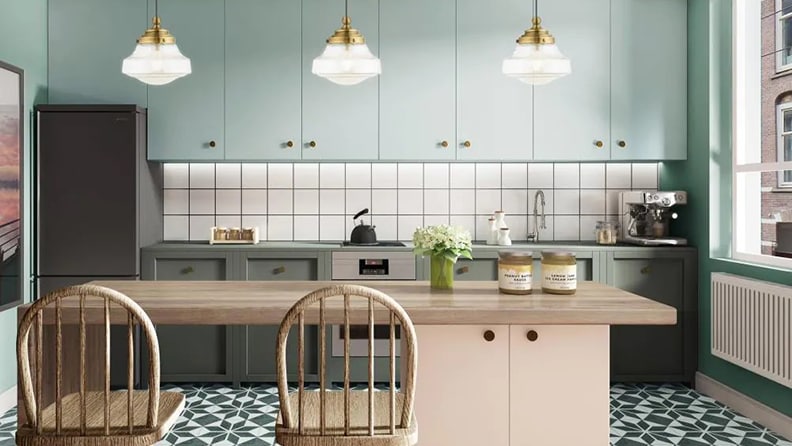








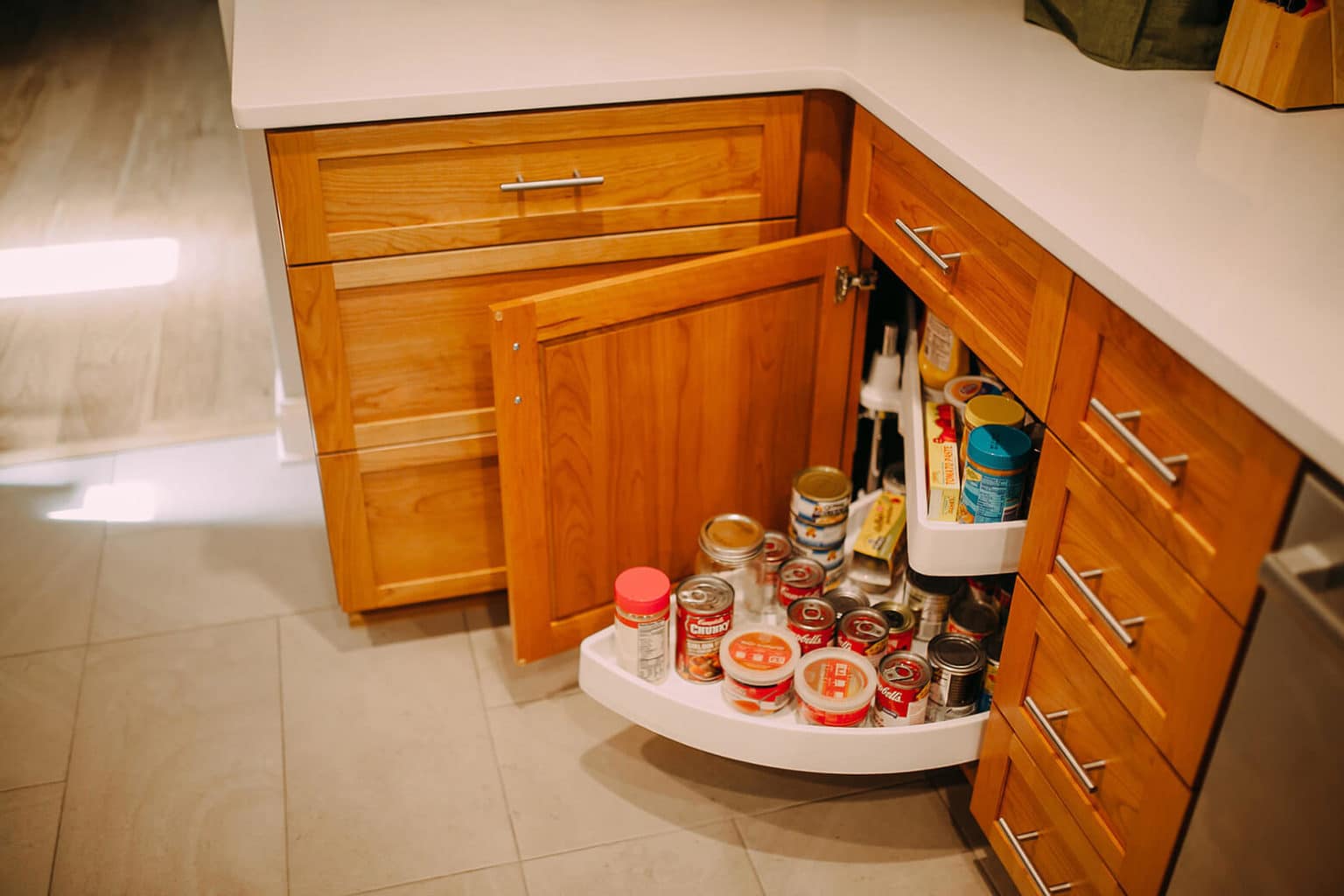


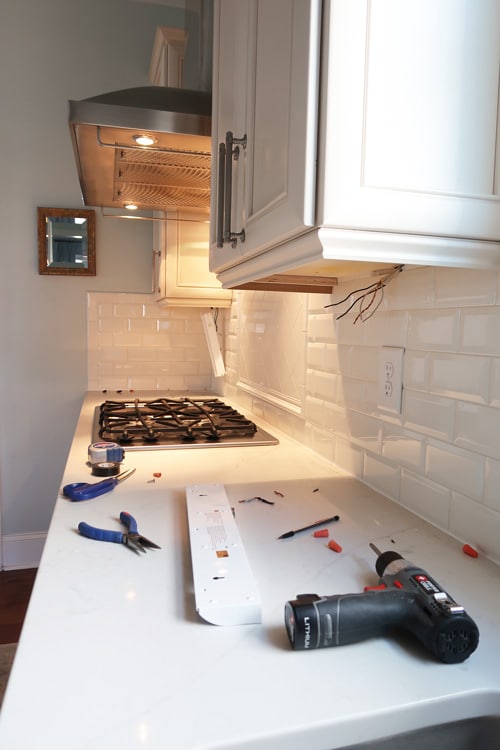

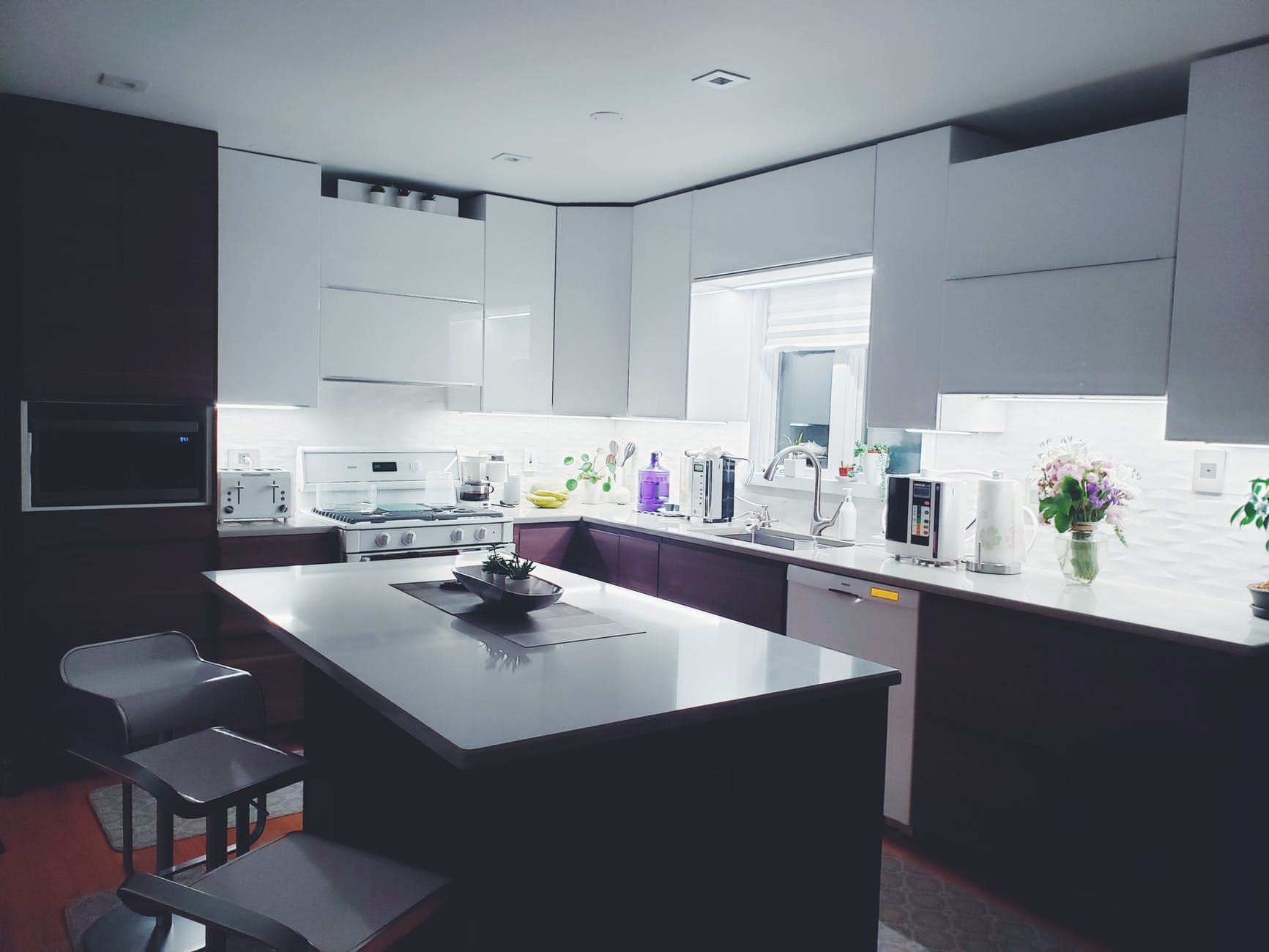

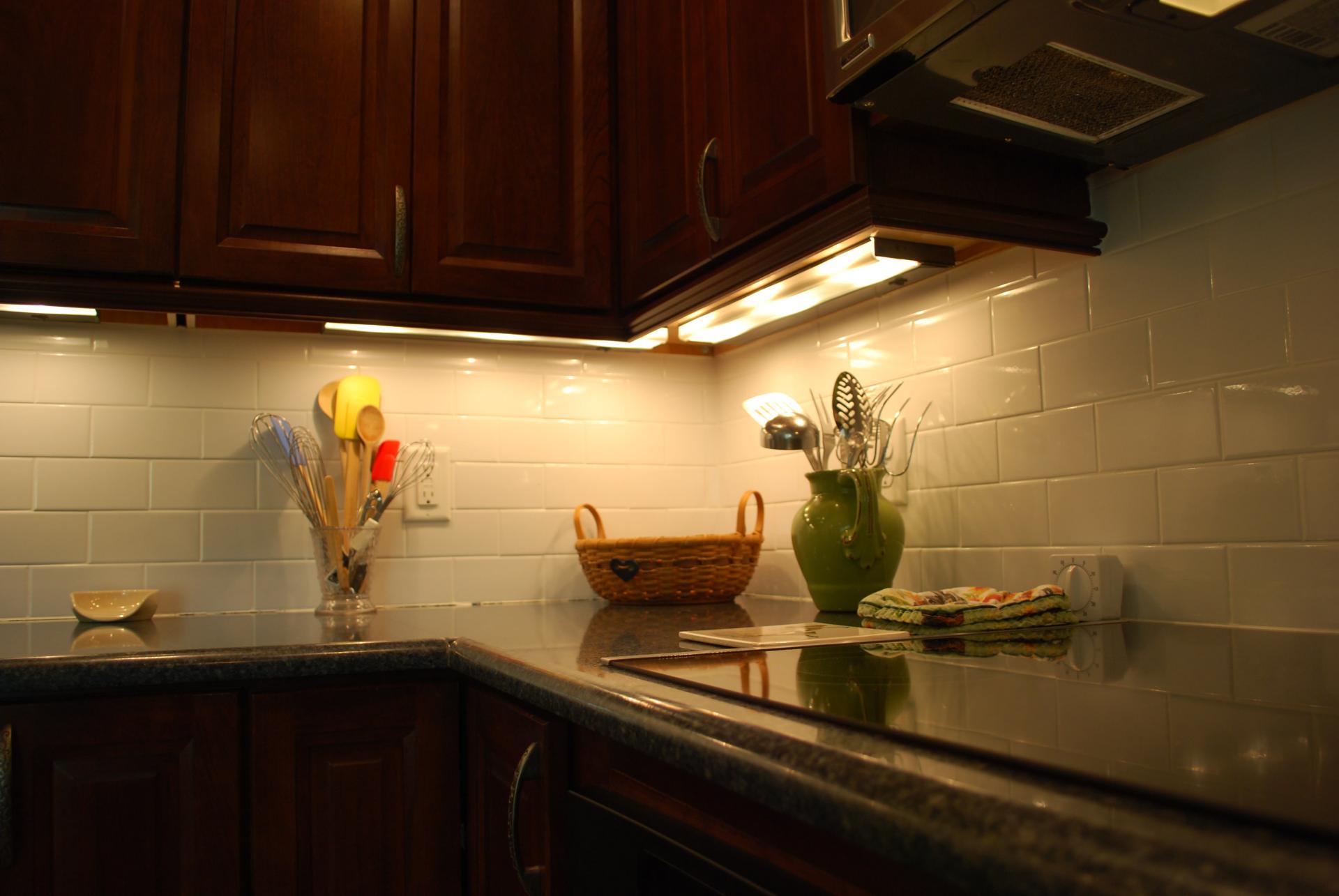
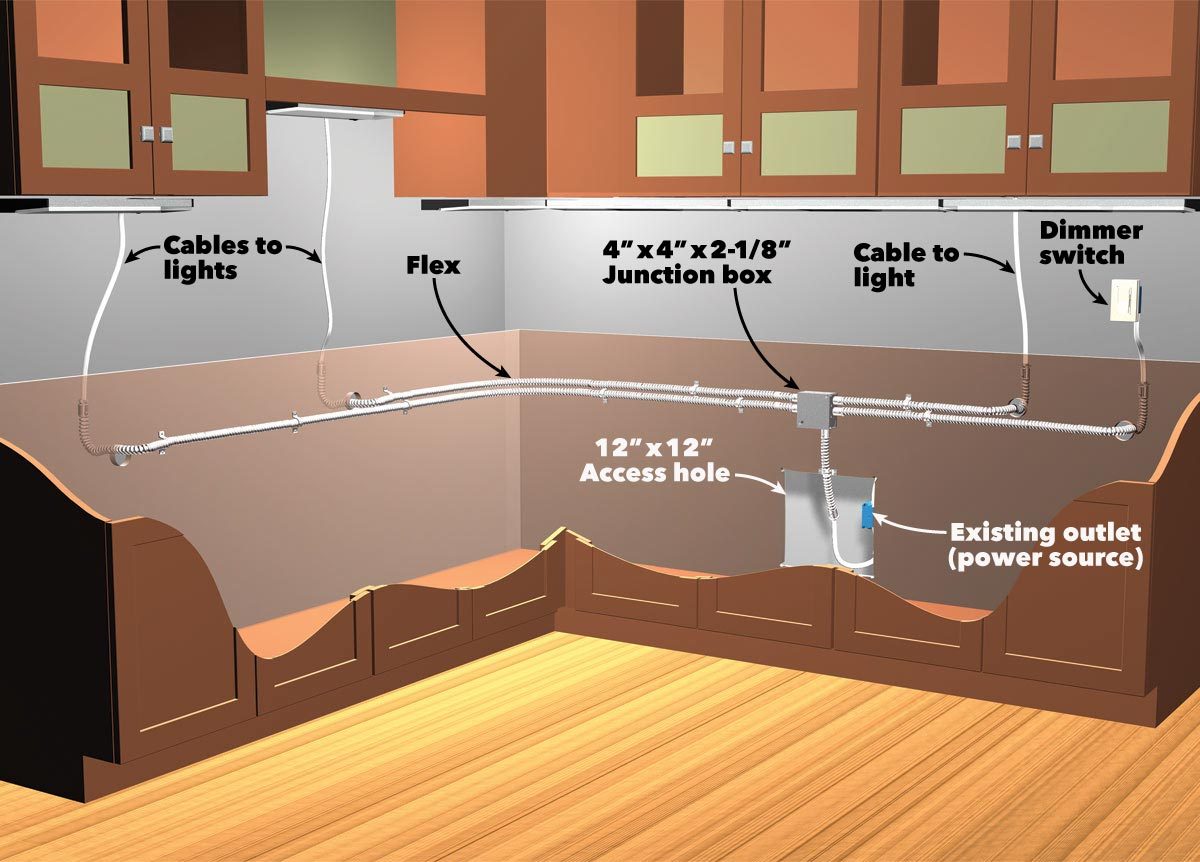


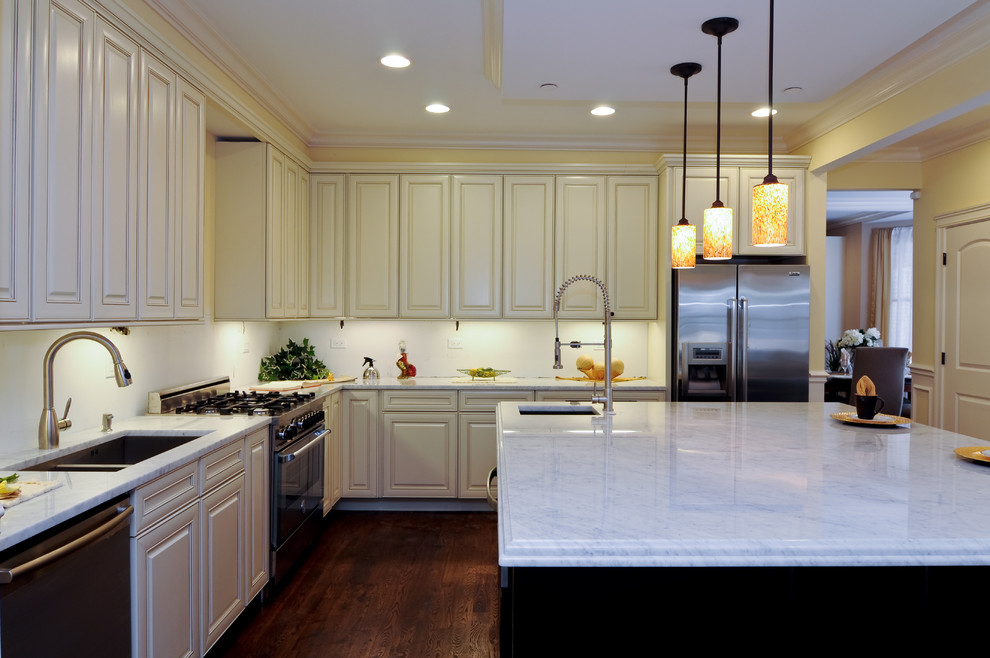





:max_bytes(150000):strip_icc()/185006363-56a5a6425f9b58b7d0ddd374.jpg)



